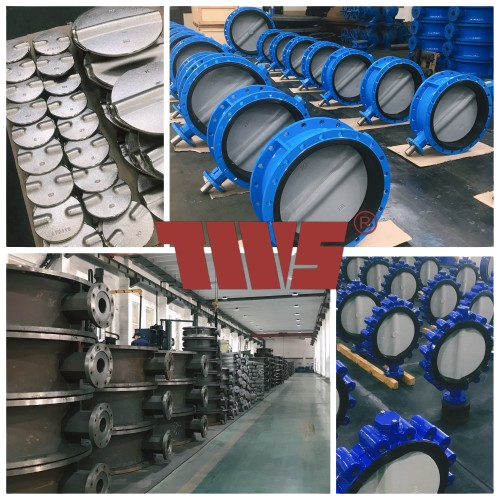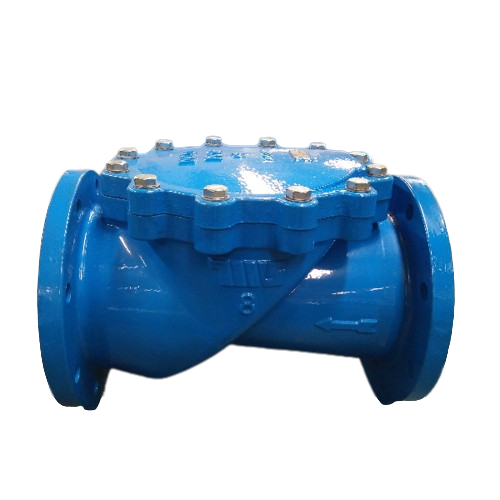Preparation before operation
Before operating the valve, you should read the operating instructions carefully. Before operation, you must be clear about the flow direction of the gas, you should pay attention to check the valve opening and closing signs. Check the appearance of the valve to see whether the valve is damp, if there is moisture to be drying treatment; if found that there are other problems to be dealt with in a timely manner, shall not be operated with failure. If the electric valve is out of service for more than 3 months, the clutch should be checked before starting, make sure the handle is in the manual position, and then check the insulation, steering and electrical wiring of the motor.
Proper Operation of Manual Valves
Manual valves are the most widely used valves, and their handwheels or handles are designed in accordance with ordinary human power, taking into account the strength of the sealing surface and the necessary closing force. Therefore, you can not use a long lever or a long hand to move the plate. Some people are accustomed to the use of plate hand, should pay strict attention to the opening of the valve should be used to force smooth, avoid excessive force, resulting in the opening and closing of the valve, the force should be smooth, not impact. Some impact opening and closing of high-pressure valve components have been considered this impact and general valves can not be equal to the Gang.
When the valve is fully open, the handwheel should be inverted a little, so that the threads between the tight, so as not to loosen the damage. For rising stem gate valves, to remember the fully open and fully closed when the stem position, to avoid fully open when the impact on the dead center. And easy to check whether it is normal when fully closed. If the valve office off, or the spool seal embedded between the larger debris, fully closed stem position should be changed. Damage to the valve sealing surface or valve handwheel.
Valve open sign: ball valve, concentric butterfly valve, plug valve stem top surface groove parallel to the channel, indicating that the valve in the fully open position; when the valve stem rotated 90 ° to the left or right, the groove is perpendicular to the channel, indicating that the valve in the fully closed position. Some ball valves, butterfly valves, plug valves to wrench and channel parallel to open, vertical for closed. Three-way, four-way valves should be operated in accordance with the marking of opening, closing and reversing. After the operation is completed, the movable handle should be removed.
Correct operation of check valves
In order to avoid the high impact force formed at the moment of closing the rubber seated check valve, the valve must be closed quickly, thus preventing the formation of a great backflow velocity, which is the cause of the impact pressure formed when the valve is suddenly closed. Therefore, the closing speed of the valve should be correctly matched with the decay rate of the downstream medium.
If the velocity of the flowing medium varies over a wide range, the minimum flow velocity is not sufficient to force the closing element to a steady stop. In this case, the movement of the closing element can be damped within a certain range of its stroke. Rapid vibration of the closing element can cause the moving parts of the valve to wear out too quickly, resulting in premature valve failure. If the medium is pulsating, the rapid vibration of the closing element is also caused by extreme medium disturbances. Wherever this is the case, check valves should be located where medium disturbances are minimized.
Post time: Apr-03-2024



